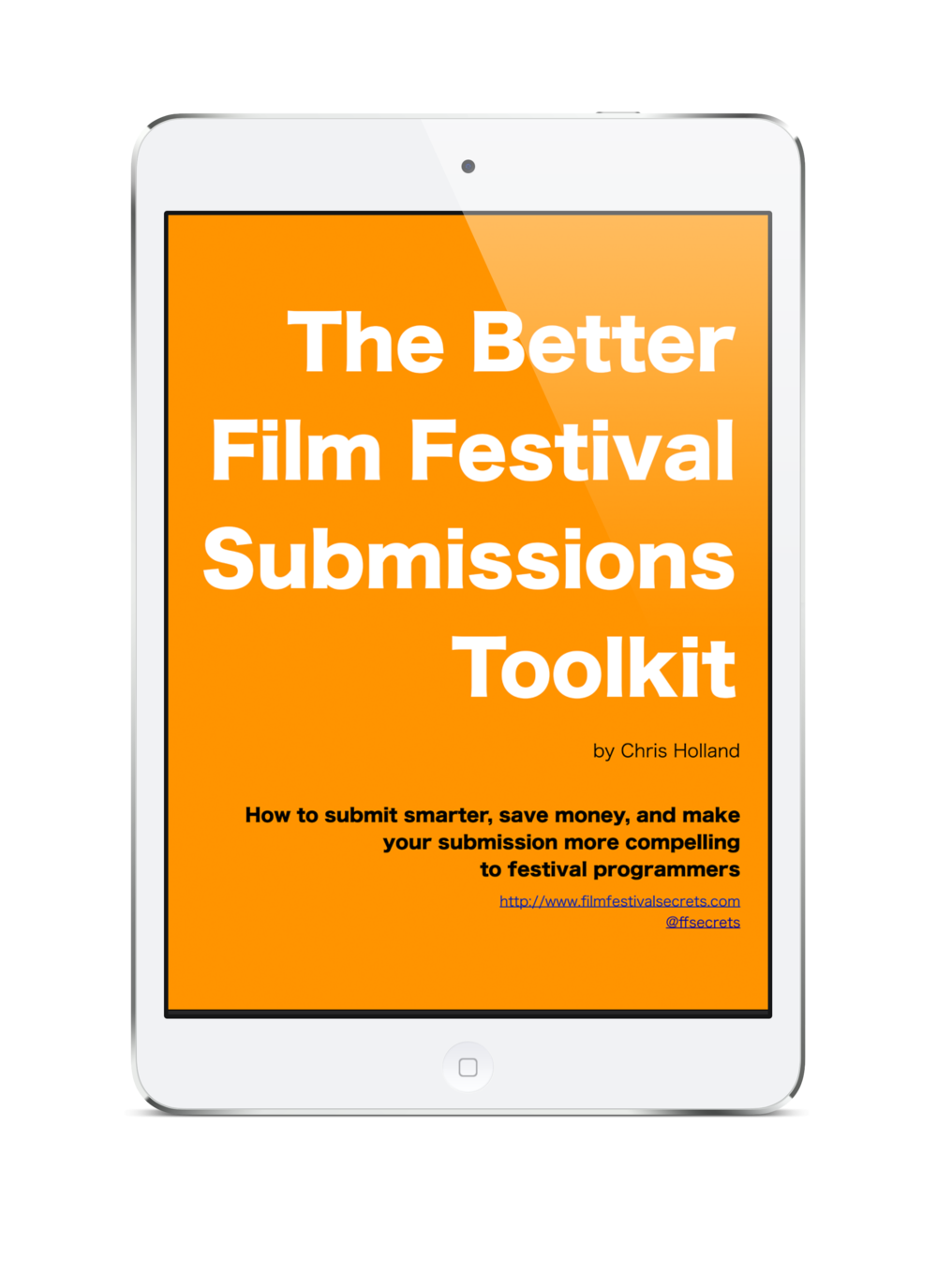Bears Fonté at the Austin Film Festival shares his favorite tips for submitting to fests.
I agree with most of these, and this one made me laugh:
Don’t use fiber-filled envelopes. They are messy and get all over the office. They are impossible to open and may even end up all over your DVD.
Anyone anywhere who opens volumes of mail on a regular basis quickly comes to loathe those little time bombs of sawdust fluff.
With Fonté's last tip, however, I must respectfully disagree.
Finally, send a DVD if at all possible. . . Withoutabox and Vimeo and all sorts of video sharing sites have made it very easy for filmmakers to mass-enter film festivals, but consider the quality of the file you upload to these sites. Is it really capturing your film the way you want it to be seen?
True, the "secure online screeners" offered by Withoutabox are notoriously low-grade, and the fact that the site requires Flash to view them basically guarantees that the film will be watched on a computer screen. Vimeo, on the other hand, allows for HD uploads in a password-protected environment. (Unlike YouTube, which doesn't offer password protection.) Short of a Blu-Ray disc (which most fests don't accept), Vimeo offers the best presentation for your film, blowing DVD away in terms of resolution.
The way your film looks on screen matters less than you think, regardless of the screening format. Especially at a festival like Austin, which prizes strong narratives above all else, festival programmers are looking for story first, fancy cinematography second. (Or third or fourth, honestly.) With camera technology being what it is, these days it's easier than ever to make a film that looks terrific. Telling a great story is still as hard as it ever was.
Fonté again:
More importantly, a film that is available online can really be watched two ways, by a person sitting at a desk at a computer monitor, or by a person with a lap top (or tablet) on their lap. Again, is that how you want your film viewed? If you send a DVD or Blu Ray, it might be watched on 52” TV, sitting on a couch with a bowl of popcorn.
If you're talking about Withoutabox, he's probably right (except the tablet part – tablets don't run Flash, which just further emphasizes how dated WAB's technology is). Vimeo, however, is quite living-room friendly. With a number of different inexpensive set-top boxes, I can stream Vimeo to my flat screen all day long. (I particularly like the combination of an iPad and an AppleTV.) And unlike the irritating experience of loading and unloading DVDs from my player located inconveniently across the room (and waiting for them to load, and sitting through whatever menu screen or other pre-roll material the filmmaker saw fit to include), Vimeo lets me burn through a marathon of short films without ever leaving the couch. (A first-world problem, I know.)
What really convinced me that DVDs were done as a festival judging format was my experience handling submission screeners for our volunteer screening committee at the Atlanta Film Festival this past year. Our film judges watched hundreds of films each on Withoutabox and Vimeo. When it came to DVDs, however, it became very difficult to get anyone to come to the office to pick up discs and even harder to get those discs back. Not that I blame them – why spend time and gas schlepping between home and festival office when so many films are only as far as an internet connection? We eventually resorted to asking everyone who had submitted on DVD to send us a Vimeo link.
As a filmmaker, online screeners are preferable not only because they cost nothing to ship, but because they can be upgraded at will to reflect the latest edits, color corrections, sound sweetening, and other improvements. Filmmakers are forever asking festivals if they can submit newer versions of their films. (Answer: usually yes, though if the previous version was watched already, the newer copy probably won't be.) With an online screener, you don't even have to ask.
Our festival still accepts DVD as a submission format, but we always ask for a private online screener link in addition to that. This year we're not even circulating DVDs outside the office. That brings me to my final point: when it comes to festival submissions, a DVD is the least accessible way to present your film to the selection committee. Only one person can have possession of it at any one time (sometimes discs languish on coffee tables for weeks), which ultimately means that fewer people will see the film. If fewer people see your film, fewer people will fight for it when decision time comes.
Ultimately, you should submit in one of the formats preferred by the festival in question. Somewhere out there I'm sure there's a festival that still only accepts submissions on DVD. If you're submitting to that festival, or if I've failed to convince you that DVDs are about as relevant as floppy disks, be sure to read my tips on properly labeling your DVDs (spoiler: paper labels are evil).



